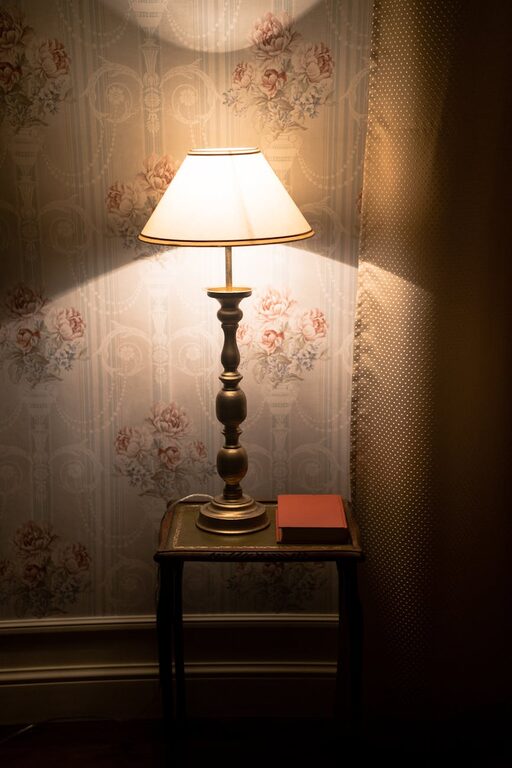
Creating a comfortable and inviting atmosphere in your home often starts with the right lighting. Good home lighting not only brightens your space but also affects your mood, productivity, and overall well-being. However, with so many options available, choosing lighting that is both functional and comfortable can seem overwhelming. This guide will walk you through essential tips to help you select home lighting that suits your lifestyle and enhances every room.
Why Comfortable Lighting Matters
Lighting impacts more than just visibility. The right lighting can:
– Improve focus and relaxation
– Reduce eye strain and headaches
– Highlight decor and architectural features
– Create a cozy and welcoming environment
Understanding your lighting needs will help you make informed choices.
Consider the Purpose of Each Room
Different rooms serve different functions, so their lighting needs vary:
Living Room
The living room is often a multipurpose space for relaxing, entertaining, and reading. Opt for layered lighting combinations such as:
– Ambient light (ceiling fixtures or recessed lights) for overall brightness
– Task lighting (table or floor lamps) for reading or hobbies
– Accent lighting to highlight artwork or plants
Kitchen
Kitchens require bright, clear lighting for cooking and food preparation:
– Use bright overhead lighting such as LED ceiling panels
– Install under-cabinet lights to illuminate work surfaces
– Consider adjustable lights to direct brightness where needed
Bedroom
Bedrooms benefit from soft, warm lighting that promotes relaxation:
– Choose warm-colored bulbs (2700K to 3000K) for a cozy feel
– Include bedside lamps for reading
– Use dimmer switches to adjust brightness for different moods
Bathroom
Bathrooms need bright, shadow-free lighting:
– Use vanity lights around mirrors at face level
– Consider waterproof recessed lighting near showers
– Select bulbs with good color rendering (CRI above 80) for accurate skin tones
Choose the Right Bulb Type
The type of bulb you select affects comfort, energy use, and longevity. Common options include:
– Incandescent bulbs: Provide warm, natural light but are less energy-efficient and have shorter lifespans
– LED bulbs: Energy-saving, available in various colors and brightness, and long-lasting; ideal for most home applications
– CFL bulbs: More efficient than incandescent but contain small amounts of mercury and may have slower start-up times
For comfortable and versatile lighting, LEDs are generally the best all-around choice.
Pay Attention to Color Temperature
Color temperature is measured in Kelvin (K) and influences the mood of a space:
– Warm light (2700K–3000K): Creates a cozy and inviting atmosphere, ideal for living rooms and bedrooms
– Neutral light (3500K–4100K): Good for kitchens and bathrooms where clarity is important
– Cool light (5000K–6500K): Mimics daylight, often used in workspaces and garages for alertness
Using a consistent color temperature throughout connected spaces avoids visual disruption.
Use Layered Lighting for Flexibility
Layered lighting involves combining different types of lighting to create depth and adaptability:
- **Ambient Lighting:** The main source that provides general illumination
- **Task Lighting:** Focused light for activities like reading or cooking
- **Accent Lighting:** Highlights specific objects or features
Using dimmers and smart lighting controls can further personalize the lighting experience by allowing you to adjust brightness and color temperature according to the time of day or activity.
Consider Lighting Placement
Where you place lights is as important as the fixtures themselves. Here are a few tips:
– Avoid positioning lights directly over your head where glare can cause discomfort
– Use indirect lighting (like wall sconces or uplights) to create a softer ambiance
– Position task lights to the side opposite your writing or dominant hand to avoid shadows
– Make use of natural light during the day by keeping windows unobstructed
Pay Attention to Fixture Style and Size
Lighting fixtures contribute to the room’s design and should be chosen with both style and scale in mind:
– Choose a fixture size that fits the room’s scale; large chandeliers overwhelm small spaces, while small fixtures can feel insignificant in large rooms
– Match fixture finishes with your existing decor for a harmonious look
– Consider adjustable fixtures, such as swing-arm lamps or track lighting, for added functionality
Control Glare and Shadows
Glare can cause eye discomfort and fatigue. To minimize it:
– Use frosted or diffused bulbs and lamp shades
– Position lamps so the light source is not directly in your line of sight
– Incorporate indirect lighting that reflects off walls or ceilings
Shadows can add depth but excessive or harsh shadows might cause discomfort. Balancing multiple light sources can reduce unwanted shadows.
Embrace Smart Lighting Technology
Smart lighting systems offer convenient control and customization:
– Set schedules to mimic sunrise and sunset for natural wake-up and wind-down routines
– Change colors and brightness remotely via apps or voice assistants
– Integrate with other smart home devices for automation and energy savings
They can make maintaining comfortable lighting effortless and adaptable.
Final Thoughts
Comfortable home lighting is about balancing functionality, aesthetics, and mood. By considering each room’s purpose, selecting the right bulbs and color temperatures, layering your light sources, and controlling placement and glare, you can create a living space that feels welcoming and suits your lifestyle perfectly.
Take your time to experiment and adjust your lighting setup as your needs change. Proper lighting can truly transform your home into a brighter, more comfortable haven.
